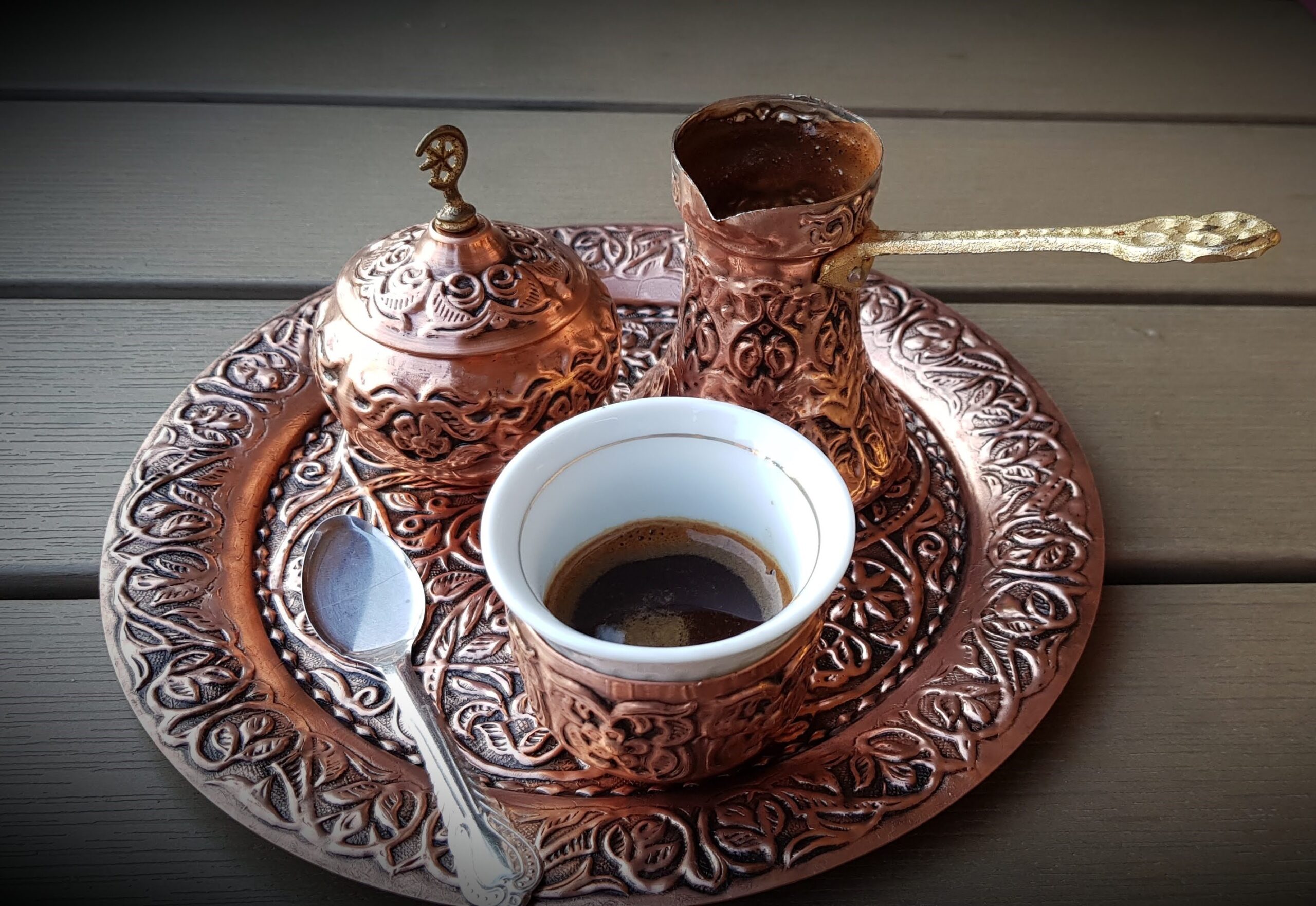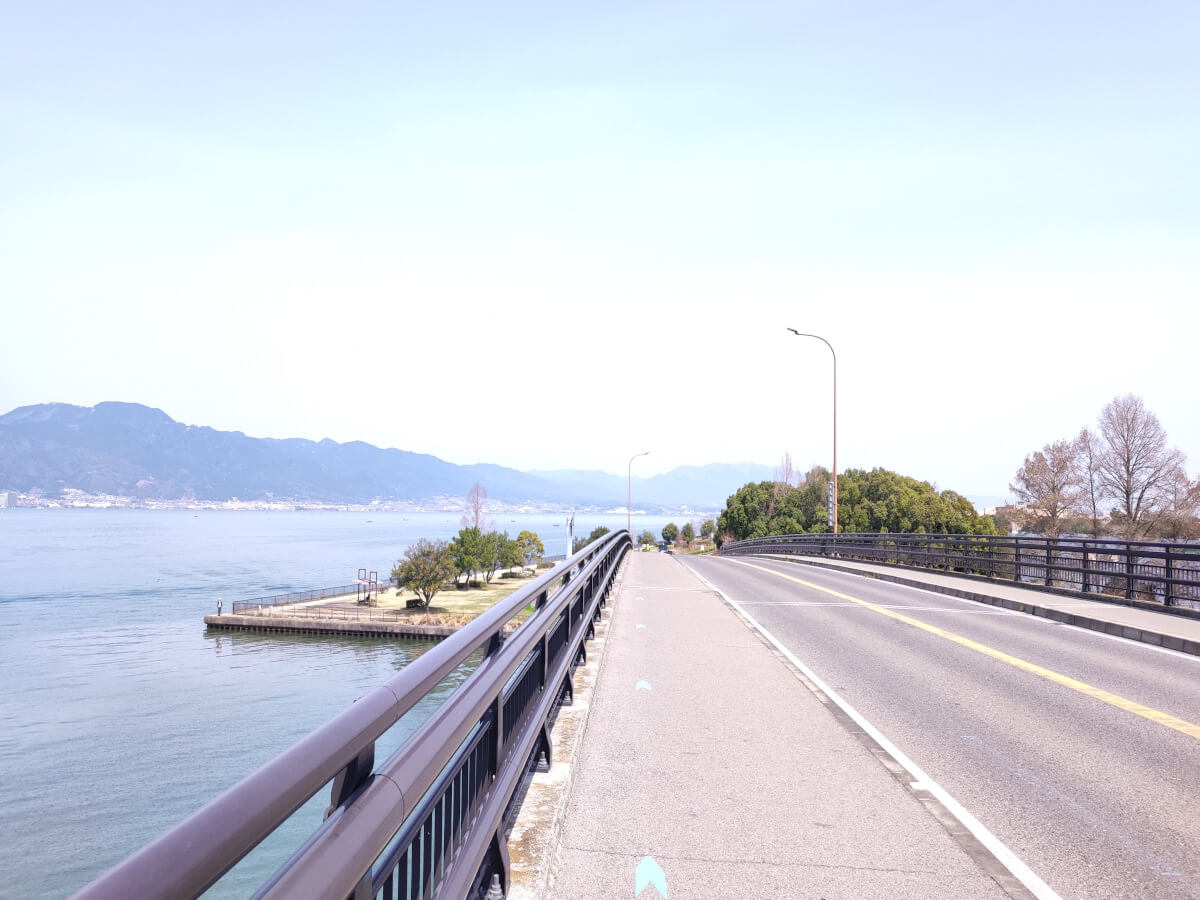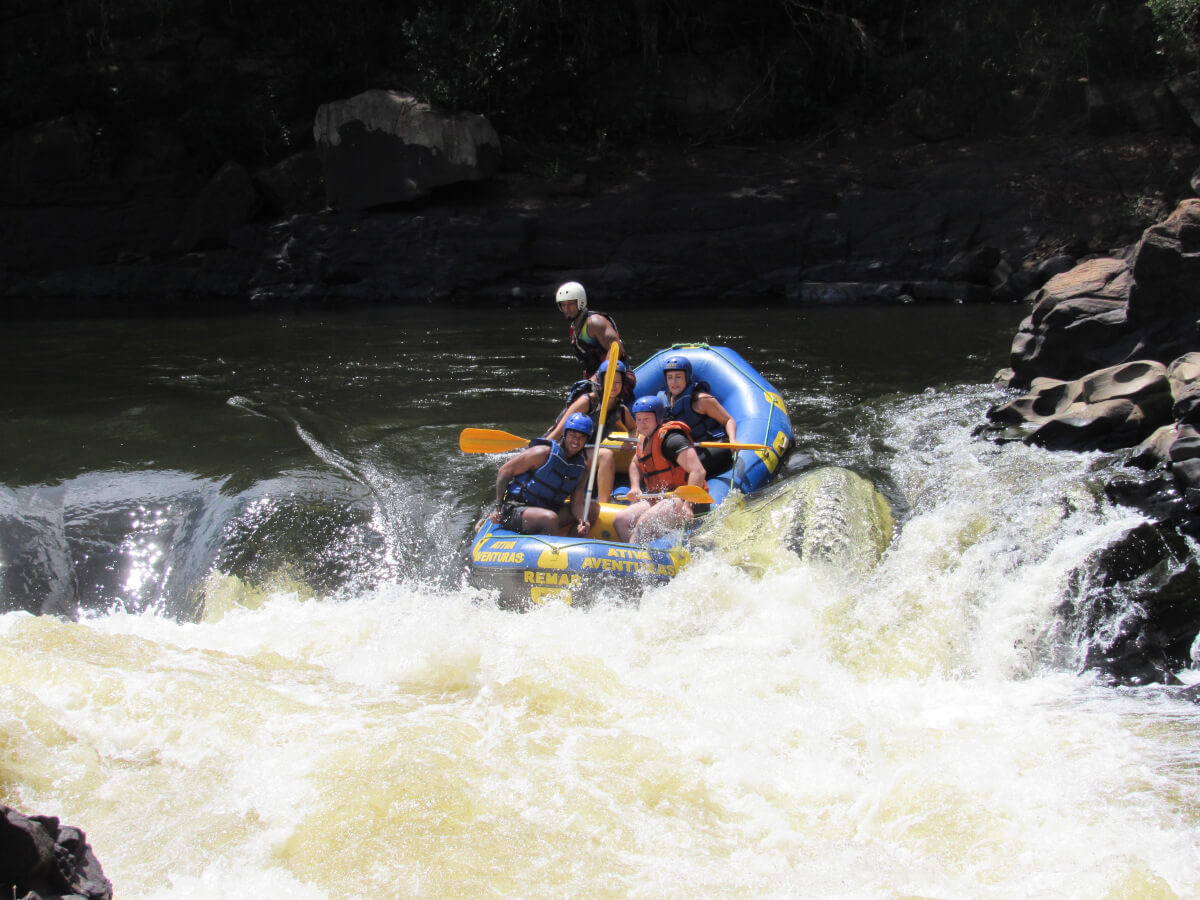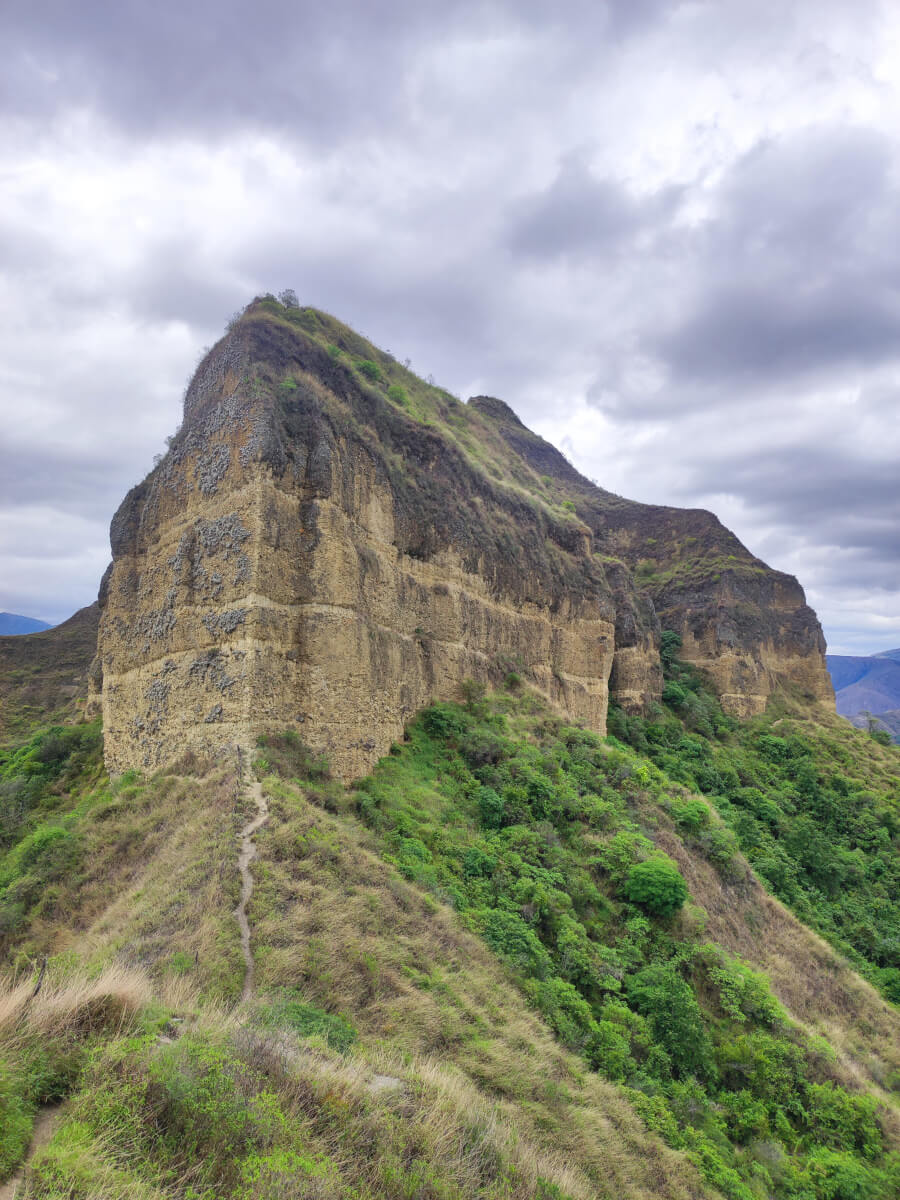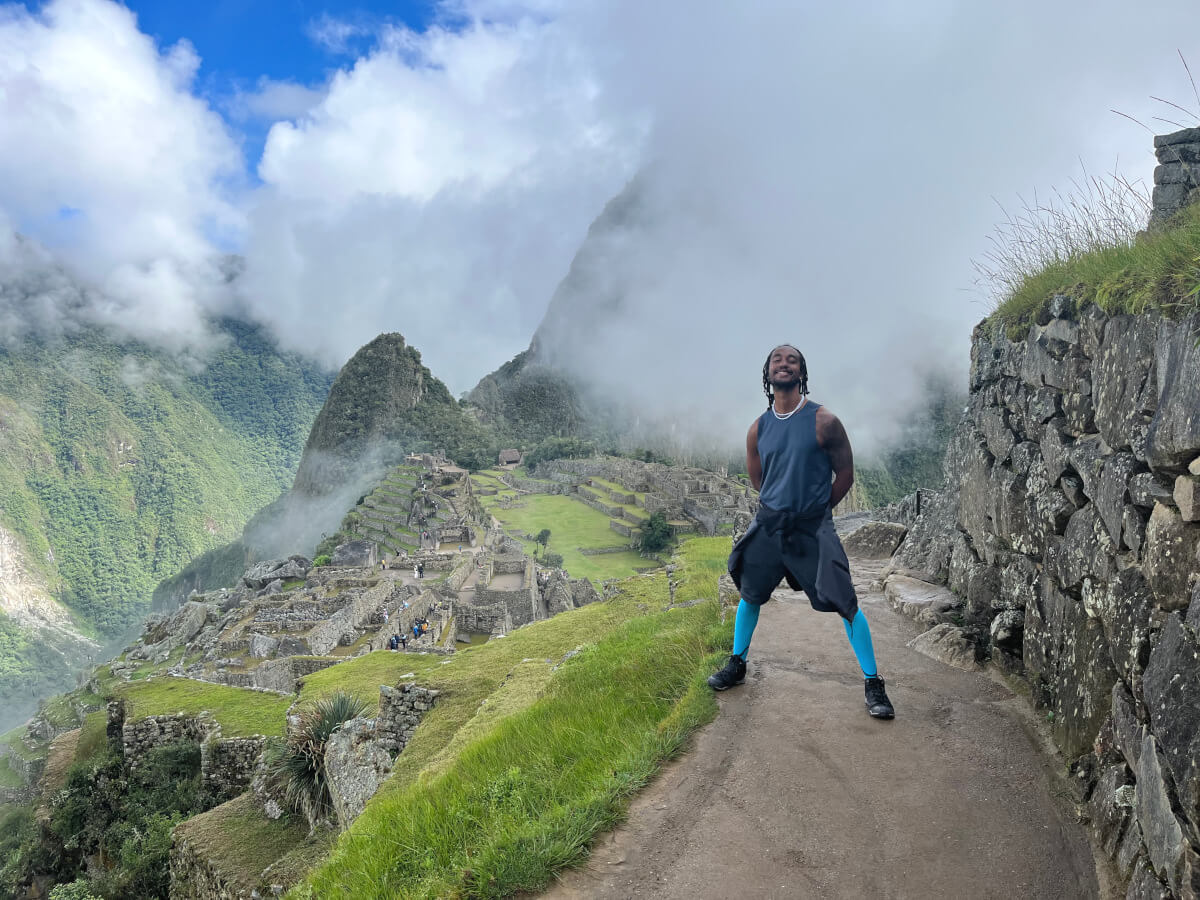Explore the Hunza Valley
Majestic mountains, incredible nature, and rich history – the Hunza Valley is THE place to check out in Pakistan! In this post, we will show you our list of the ten incredible things to do and see in the Hunza Valley, located in Gilgit-Baltistan in the north of the country.
While traveling in Pakistan, we spent most of our time in the Hunza Valley and were blown away by its beauty. Deric was especially curious to visit the Hunza Valley and the people because he had read that Hunza people get very old.
Historically, the Hunza Valley only became part of Pakistan in 1974. Until 1974 it was a princely state. Not being connected to the rest of the country makes the Hunza Valley culturally different. You can still see and visit the remains of this kingdom, which makes exploring Hunza Valley even more interesting.
Read on to find out what´s on our list of incredible things to do and see in the Hunza Valley.

Table of Contents
1. Visit the Baltit Fort
The Baltit Fort was once the seat of the Hunza kingdom and is now one of the most iconic sights in Hunza. It is also one of the few places where you can learn about the culture and history of the Hunza people, so make sure to check it out.
The ticket fee includes a guided tour inside and around the fort. The guide is local and very knowledgeable.
Also, this is an ideal place to take great pictures as you will enjoy a panoramic view of the Hunza Valley.
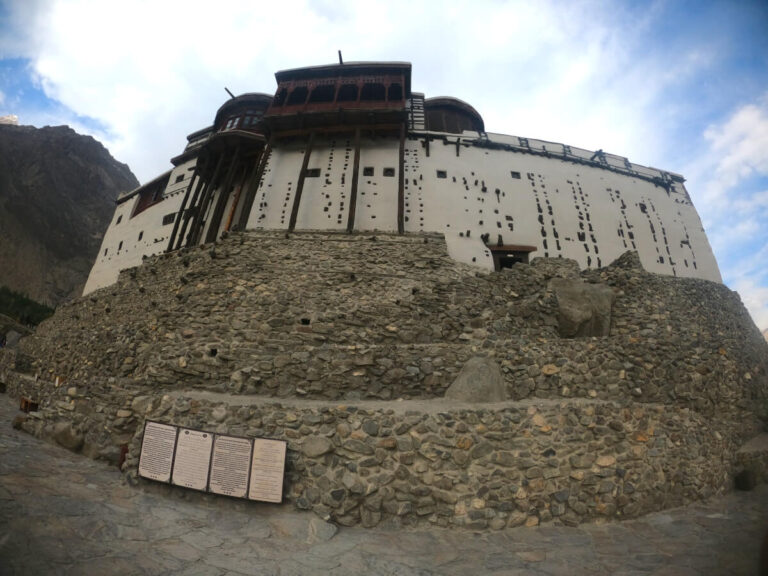
2. Cross one of the most dangerous bridges in the world
If you want some adrenaline rush, then make sure to cross the Hussaini Suspension Bridge. The bridge is held together by a few ropes and all you see beneath you is a wild river.
I couldn’t believe that they let people pass the bridge, but they do. Deric was brave enough to cross it but I wasn´t 🙂
If you are an adrenaline junky then crossing this bridge is a must-do for you in Hunza Valley!
On the way to the bridge, you can find several stands with refreshments and snacks.
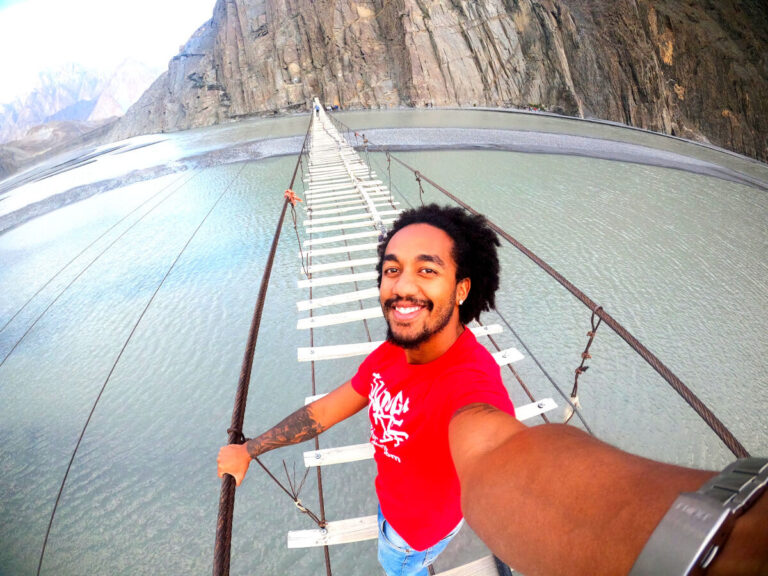
3. Visit the Sacred Rocks of Hunza
This cultural heritage site is located next to the highway, with no protection, and no admission fee to pay. There is one local man who guards the rocks. In any western country such a cultural site of this importance would be well-protected and one would need probably to pay an entry ticket. But not in this case.
These carvings (petroglyphs) are thousands of years old and entail images of different animals and scriptures such as Bactrian, Sogdian, Karoshi, Tibetan, Chinese, and Brahmi. It is just mind-blowing that we can still witness and admire what different peoples left behind thousands of years ago.
The name Haldeikish means ‘the land where many ibex live’. In fact, the ibex is the national animal of Pakistan.
Which other motives can you detect?
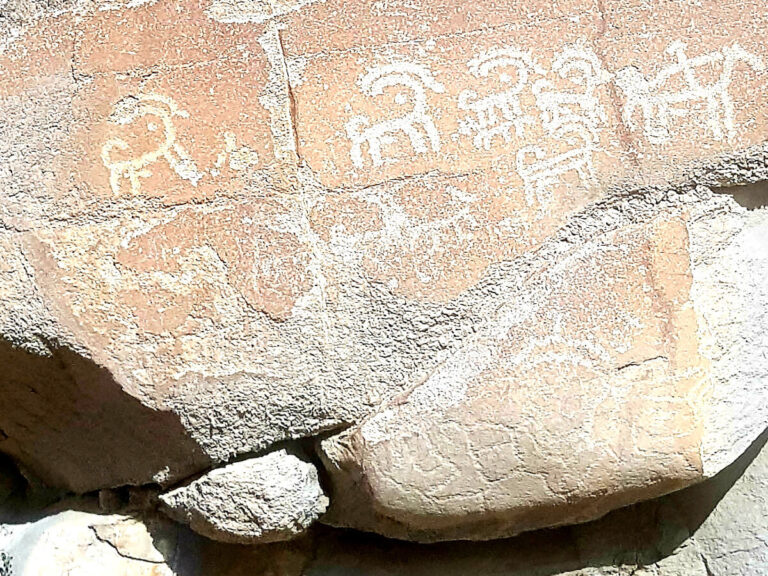
4. Enjoy one of the best apricot cakes
Did you know that apricot is a commonly grown fruit in Pakistan? Yes, and it´s mostly produced in the Gilgit-Baltistan region.
One of the best apricot cakes you can enjoy is in Glacier Breeze – a wonderful cafe located in Passu, Hunza Valley. The apricot cake is delicious as well as their coffee. Pakistan doesn’t have a coffee culture and finding good coffee (or at least the coffee that westerners are used to) is difficult. In case you are in need of some good coffee, then this is the place to go.
The cafe is located uphill, which will enable you to enjoy the most gorgeous views of the mountain range.

5. Find the Fountain of Youth
Some people say that the mystical fountain of youth is to be found in Pakistan, more concretely in the Hunza Valley!
On our way up to visit the Biltit Fort in Karimabad, a local man told us that what we see right in front of us is the fountain of youth!
I always imagined the fountain of youth to be some clear, magical-like appearance but what we saw was water that looked full of worms or little snakes swimming inside. These are not worms or snakes but minerals were we told.
The water comes from the glacier and is indeed rich in minerals. Scientists speculate that the mineral-rich water is probably one of the reasons for the longevity of the people in Hunza.
6. Take a boat ride at Attabad Lake
The Attabad Lake was formed in 2010 after a landslide killed twenty people and displaced thousands of people in surrounding villages.
These days Attabad Lake is a major touristic attraction in the Gojal region of the Hunza Valley. The turquoise water is one of the most beautiful colors we have seen. It´s worth visiting.
Exploring the lake makes a great day excursion where you can take a boat ride, water ski, fish, or have lunch at the lake.
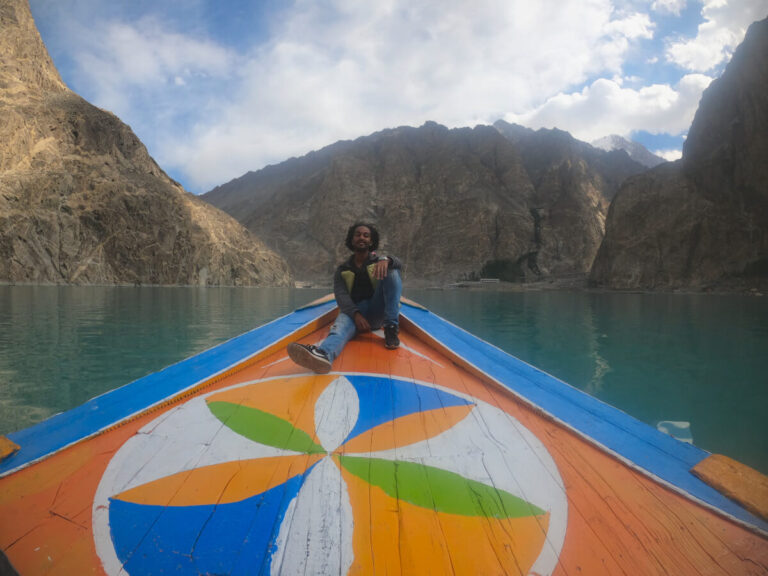
7. Drive to the highest-paved border crossing point in the world
When you are in this part of Pakistan, you need to go to the highest-paved international border crossing point in the world – Khunjerab Pass.
The Khunjerab Pass is the border crossing between northern Pakistan and the southwest border of China. This border crossing is located at an altitude of 4.693 meters and is the highest point of the Karakorum Highway.
Bring warm clothes with you, it’s very cold up high there and windy!
Random fact: you can withdraw money from the highest ATM in the world.
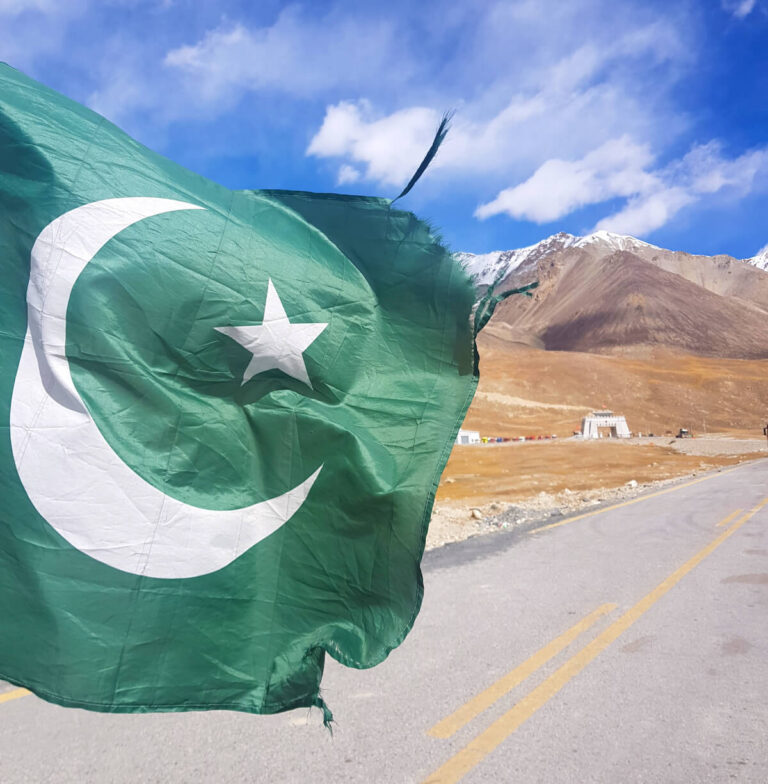
8. Try the best local food in Karimabad
On our way back from the Baltit Fort, we stumbled upon a little restaurant in the village that turned out to be one of the best food experiences for us in Pakistan.
The Hunza Food Pavilion restaurant is owned by local ladies who only use organic ingredients for local specialties such as Chap Shuro or Hoilo Garma.
By now, this place has become a tourist attraction but for good reasons: You won´t be able to enjoy such tasty, authentic and healthy local food somewhere else.

9. Admire local craft in Gulmit Village
We haven´t seen many women in Pakistan, let alone spoken to them. Women traditionally stay at home and are not much on the streets.
The situation is different in the Hunza Valley, which culturally differs from the rest of the country.
More surprisingly, it was when we visited an all-female-run business in Gulmit village – the Korgah Weaving Diversity Carpet Center.
Local Hunza ladies make traditional carpets, rugs, and small pieces of clothes. You can go inside and purchase some of the beautiful hand-made pieces. We bought a little carpet there and it is our favorite souvenir from Pakistan.
This shop is a cultural heritage, located in a 900 years-old house. You should not miss this one!
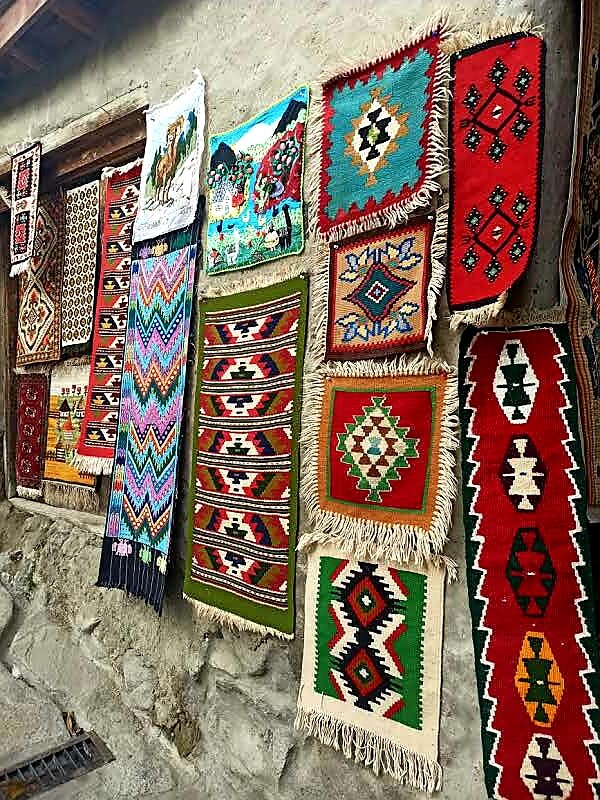
10. Meet the healthiest people in the world
We were very curious to visit the Hunza Valley as we heard a lot about the Hunza people (actually called Burusho people who live in different parts of northern Pakistan). Until the 1970s, these people were completely cut off from the rest of the country, as they lived in very remote and inaccessible areas of northern Pakistan. Finally, with the construction of the Karakorum Highway in the 1970s, this area got more connected and explored.
International scientists started to research the Hunza people. The claim is that, on average, Hunza people reach 100 years and some even 120 years and that they are the happiest people in the world.
For decades, scientists have been researching the Hunza people and their secret to longevity. How come they live so long, and what is their secret?
We have asked a Hunza man what he thinks is the secret to their long, happy lives. He summed it up in the following five points for us: fresh mountain water, organic food, no pollution, hard work, and daily hiking, he says.
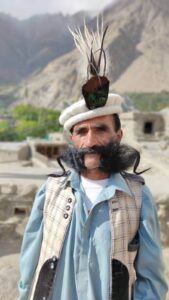
What is on your list of incredible things to do and see in Hunza Valley?
This is our list of 10 incredible things to do and see in the Hunza Valley in Pakistan.
Exploring Hunza was one of our highlights when we visited Pakistan. You should not miss it, as you won’t get to experience all sides of Pakistan if you don’t spend some time in the Hunza Valley.


